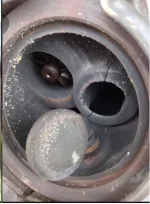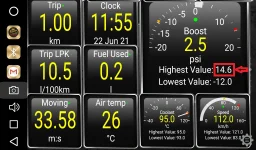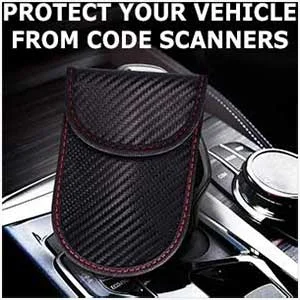The newer buick encores come standard with the le2 direct injected engine. So it is a different animal...
For the more common luv engine...
The 6 speed transmission is very, very reliable with decent service intervals. Change transmission fluid every 30-40k miles.
I believe your 2013 was the first model year and had a higher failure rate
That being said, weaknesses on the later models are pcv system, turbo failure and to a latter extent leaks in the cooling system.
PCV system can be updated with kits that are available. The valve is incorporated into the
intake manifold and the kits seal this off and go to an external (and serviceable) pcv valve.
For the turbo, I believe using premium fuel will lead to more efficient and cooler running. Which in turn, leads to greater turbo reliability. In addition, the turbo oil feed tube can become coked up and clog. It is very inexpensive and easy to replace. A fif It should be replaced at regular intervals. For example I will replace my daughter's oil feed pipe every 36k miles.
Due to the extreme heat the turbo oil feed tube is subjected to, only a top quality fully synthetic dexos approved motor oil should be used. I like mobil 1 synthetic 5w30. Pennzoil platinum synthetic is made from natural gas and is also very good. I change the oil every 5k miles. I won't run the oil change minder below 30 percent.
Coolant leaks occur around the turbo. There are youtube videos showing how to cut the stock line to replace only the rubber part of the line and leave the hard pipe in place. This runs behind the exhaust manifold. At 60k miles, I will replace this little section of line with some silicone hose (as a precautionary measure.
The thermostat housing is made of plastic and becomes brittle with age and heat cycles. As a preventative measure this will be replaced with an aftermarket steel part at 60k miles when the coolant is flushed.
So above is my summary of bullet proofing the engine to avoid issues. . In summary,
1. Install pcv fix kit.
2. Replace turbo oil feed line every 30k miles
3. Replace rubber part of turbo coolant line with silicone hose.
4. Run only premium fuel.
5. Use only fully synthetic oil and change at max of 5k miles.
6. Replace plastic thermostat housing with aftermarket one made from aluminum.
7. Change transmission fluid every 36k miles.







